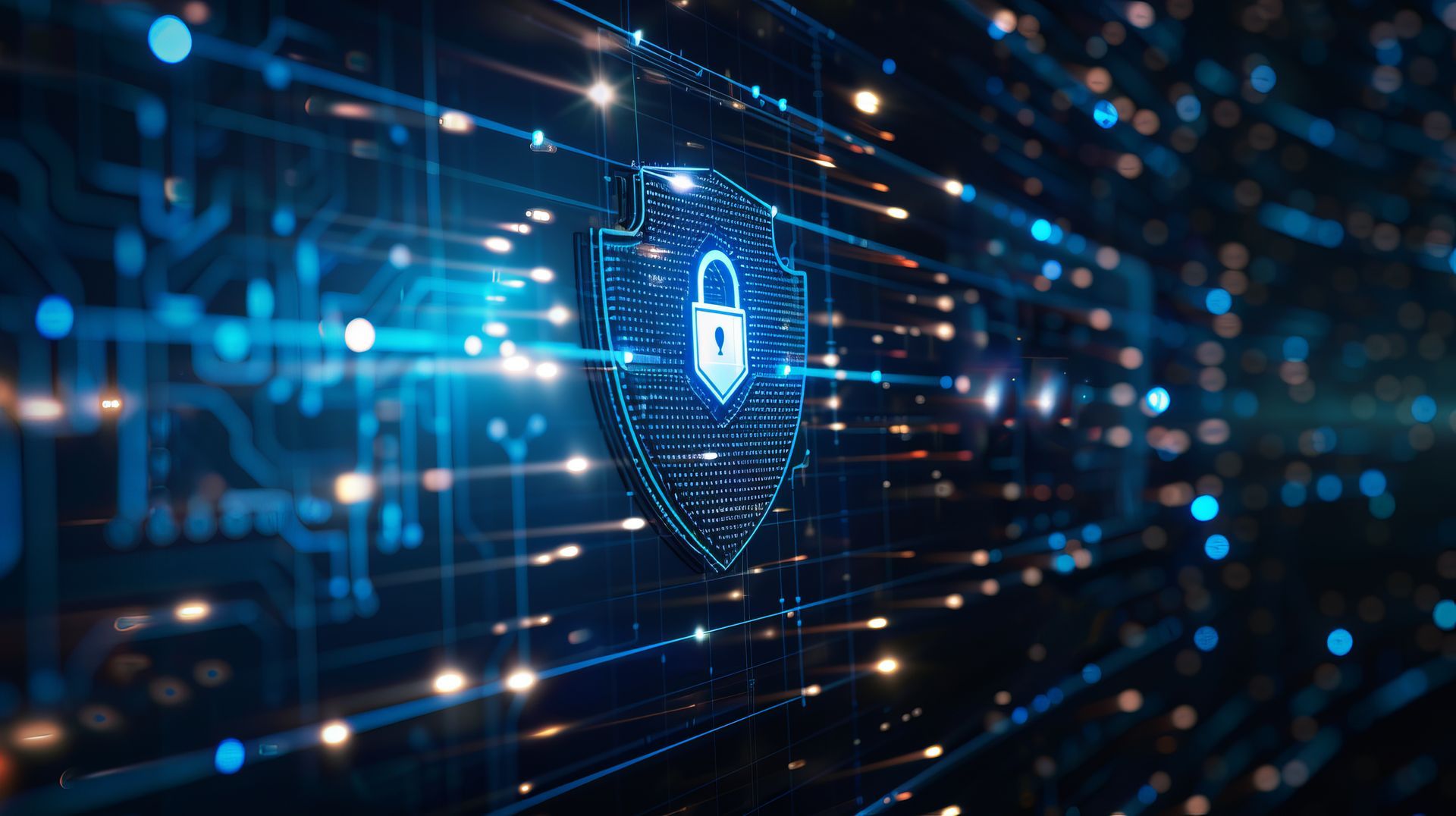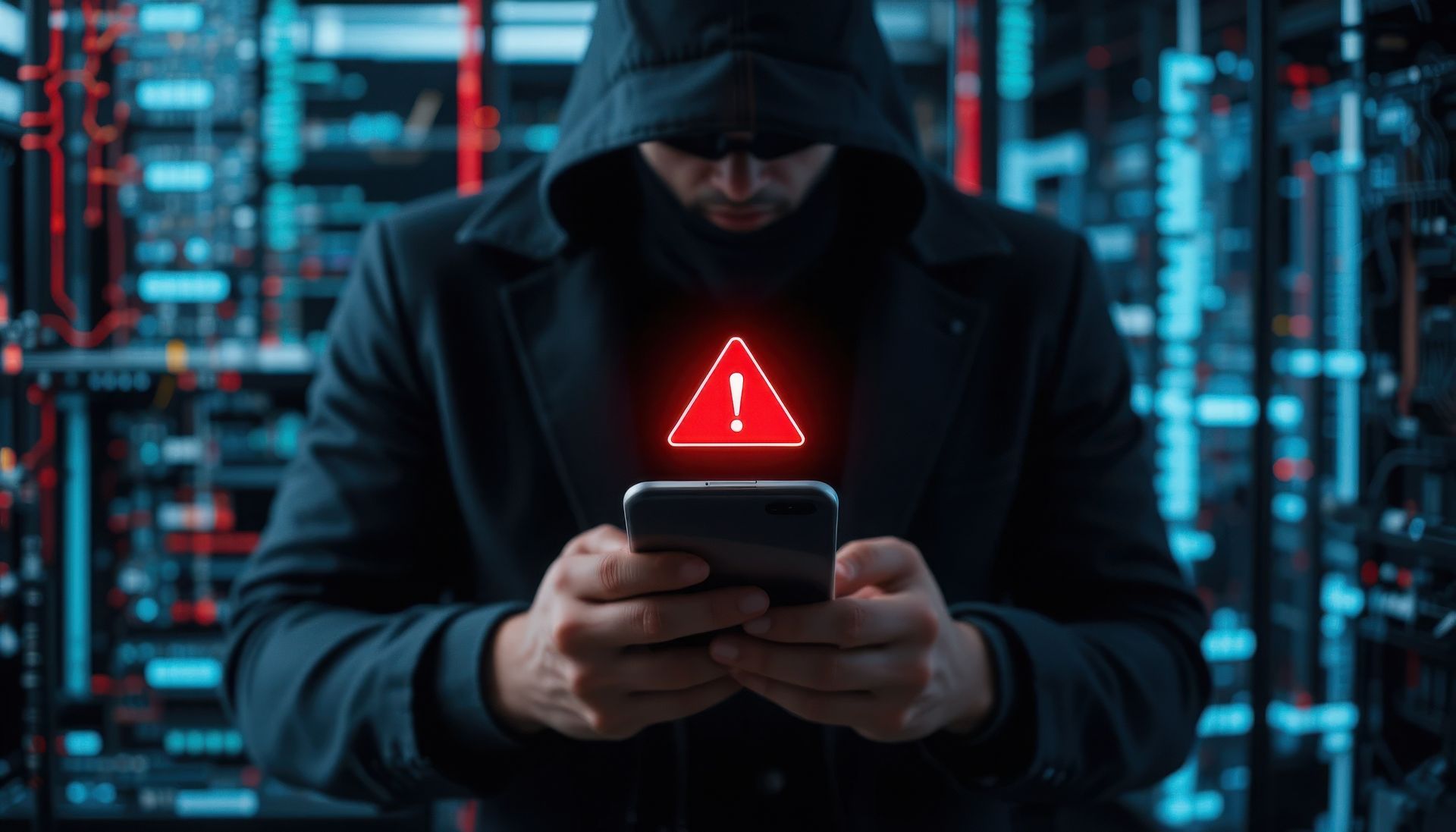Building an Effective Cyber Threat Detection and Response Strategy
A Practical Guide for Today’s Small & Mid-Sized Businesses
Cyber threats evolve every day, and modern businesses—especially those with hybrid teams, cloud-based workflows, and limited IT staff—face more risk than ever. But the organizations that stay protected aren’t always the ones with the biggest budgets. They’re the ones with a strong, well-built Cyber Threat Detection and Response Strategy.
This guide breaks down how to build that strategy in a way that’s practical, business-focused, and aligned with SDTEK’s approach to cybersecurity.
Start With a Business-Focused Risk Assessment
Every strong security program begins with knowing what you’re protecting and why. A risk assessment identifies your most important data, the systems you rely on daily, where vulnerabilities exist, and how an attack might disrupt your operations.
SDTEK’s consultTEK™ philosophy emphasizes this step because security should always support business continuity—not interrupt it. The clearer your understanding of your risks, the more effective your strategy becomes.
Adopt a Layered Approach to Threat Detection
Modern cyber threats don’t follow one path, so your defenses can’t rely on one tool. An effective detection strategy blends several layers working together.
The foundation typically includes Endpoint Detection and Response (EDR) to catch advanced malware, ransomware, and suspicious behavior on devices. Alongside this, network monitoring identifies unusual traffic or lateral movement that signals an attacker trying to spread through your environment.
If your business uses cloud tools like Microsoft 365 or Google Workspace, you also need cloud-based security monitoring. This helps detect things such as impossible-travel logins, risky app permissions, or compromised accounts.
Finally, a
SIEM combined with a
Security Operations Center (SOC) ties all these alerts together and provides 24/7 expert oversight—critical because most attacks happen after business hours.
Develop a Clear Incident Response Plan
Threat detection is only the beginning. The real test is how quickly and effectively you respond when something suspicious happens.
A strong incident response plan outlines:
- how you’ll identify and confirm a threat,
- how you’ll contain the issue before it spreads,
- how you’ll remove the root cause, and
- how you’ll restore normal operations safely.
Afterwards, the plan should include a short forensic review: what happened, how it happened, and what improvements should be made to prevent a repeat. This ongoing refinement is essential for long-term resilience.
Improve Identity and Access Controls
Most breaches today start with stolen or misused credentials. This makes identity security one of the most important components of your strategy.
Controls like multi-factor authentication, least-privilege access, regular account audits, and—even better—passwordless authentication dramatically reduce opportunities for attackers. Strengthening identity security is one of the fastest, most cost-effective ways to lower your risk.
Train Your Team to Recognize Threats
Employees are targeted more than servers, which means a well-informed team can stop threats before they escalate. Even small, consistent efforts make a major difference—short monthly training, periodic phishing simulations, and clear reporting procedures.
Your goal isn’t to turn employees into cybersecurity experts. It’s simply to make them confident enough to pause, question, and report anything suspicious.
Automate Where Possible
Cyberattacks move fast, so your defenses need to move faster. Automation helps by removing delays and reducing the chance of human error.
Many modern tools automatically isolate compromised devices, block risky login attempts, or enforce zero-trust access rules. When paired with a SOC, automation can prevent a small issue from becoming a costly incident.
Maintain Reliable, Tested Backups
Even with excellent defenses, no business is immune to cyber risk. Backup and disaster recovery planning ensures that—even if an attack disrupts your systems—your operations won’t be permanently damaged.
Backups should be secure, stored in multiple locations, and tested regularly. This is especially important for ransomware recovery, where clean, verified backups are often the only reliable lifeline.
Partner With a Trusted Cybersecurity Provider
Most small and midsize businesses don’t have the capacity for continuous monitoring, rapid incident response, or ongoing security improvements. Partnering with a specialized provider like SDTEK fills that gap.
With services such as secureTEK™, cloudTEK™, and dedicated SOC monitoring, SDTEK helps businesses stay protected 24/7 while keeping security aligned with operational needs.
Final Thoughts
Building an effective Cyber Threat Detection and Response Strategy doesn’t have to be overwhelming. When you combine layered protection, clear response procedures, strong identity controls, and expert support, your business becomes far more resilient.
With SDTEK as a partner, you don’t just guard against threats—you gain confidence that your technology, your data, and your team are protected at every level.


